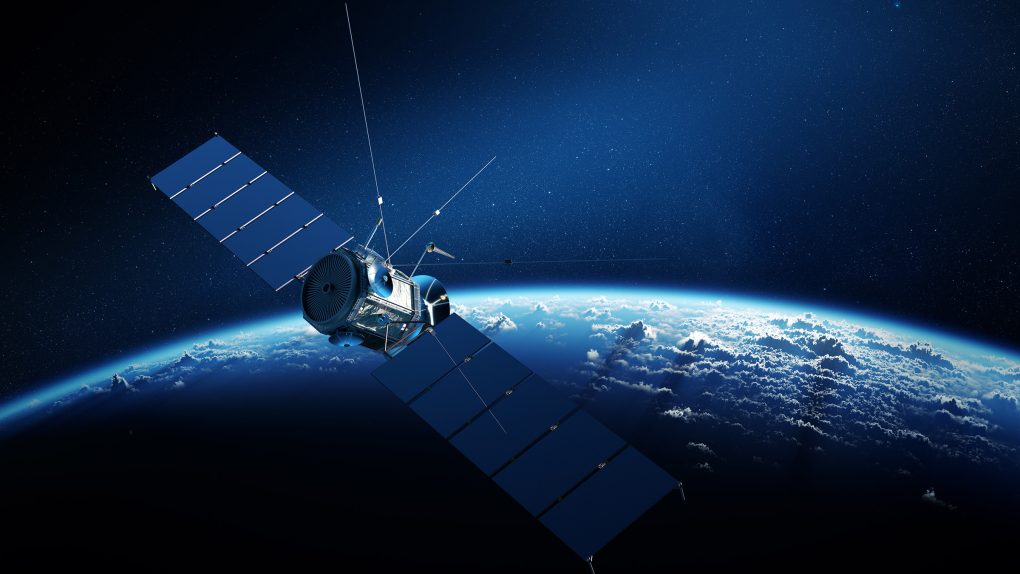According to a recent study, researchers were able to use space-based measurements from NASA satellites to track carbon dioxide (CO2) emissions more accurately. This was made possible thanks to the two NASA missions that work hand-in-hand together. These missions, called Orbiting Carbon Observatory (OCO) 2 and 3, help quantify CO2 emissions.
The missions work off of both a satellite and a module situated on the International Space Station. NASA’s OCO-2 satellite launched in 2014 and has tracked natural and human-made CO2 emissions worldwide. It measures the samples by looking at the intensity of sunlight reflected off the Earth’s surface. This light is absorbed by CO2, making it easy to track the emissions.
Additionally, NASA uses data gathered by the OCO-3 mission, which was created using spare components from the other mission. It has been a component of the ISS since 2019, where it is able to map regions using multiple sweeping observations. This allows the researchers to create detailed mini maps of the area, which is great for tracking CO2 emissions precisely.

But the real news here is that researchers have found a way to track these CO2 emissions locally. Neither of these instruments was designed to detect these emissions from individual facilities. However, researchers were able to measure the CO2 emissions from a power station in Poland, by analyzing the emission plumes from the plant between 2017 and 2022.
Being able to track CO2 emissions at a local level means measuring where these dangerous gases are coming from more precisely. Considering the risk of the sea level rising right now, having a better understanding of where dangerous greenhouse gases come from is vital to slowing and eventually even stopping global warming as much as possible.
This means that NASA can more accurately and extensively track CO2 emission points in the future, and it plans to do just that, as it has announced the extension of OCO-3’s mission aboard the International Space Station for several more years.








